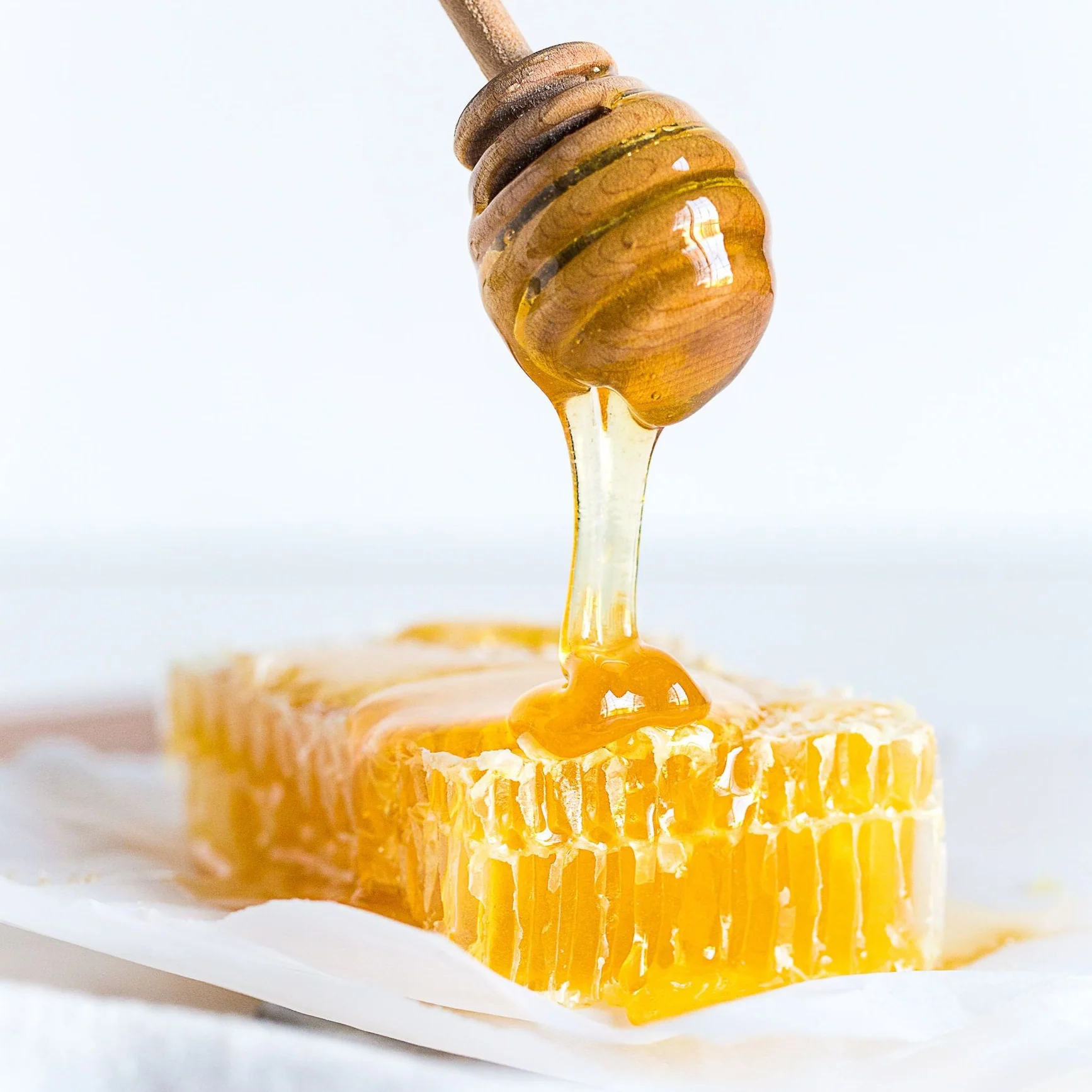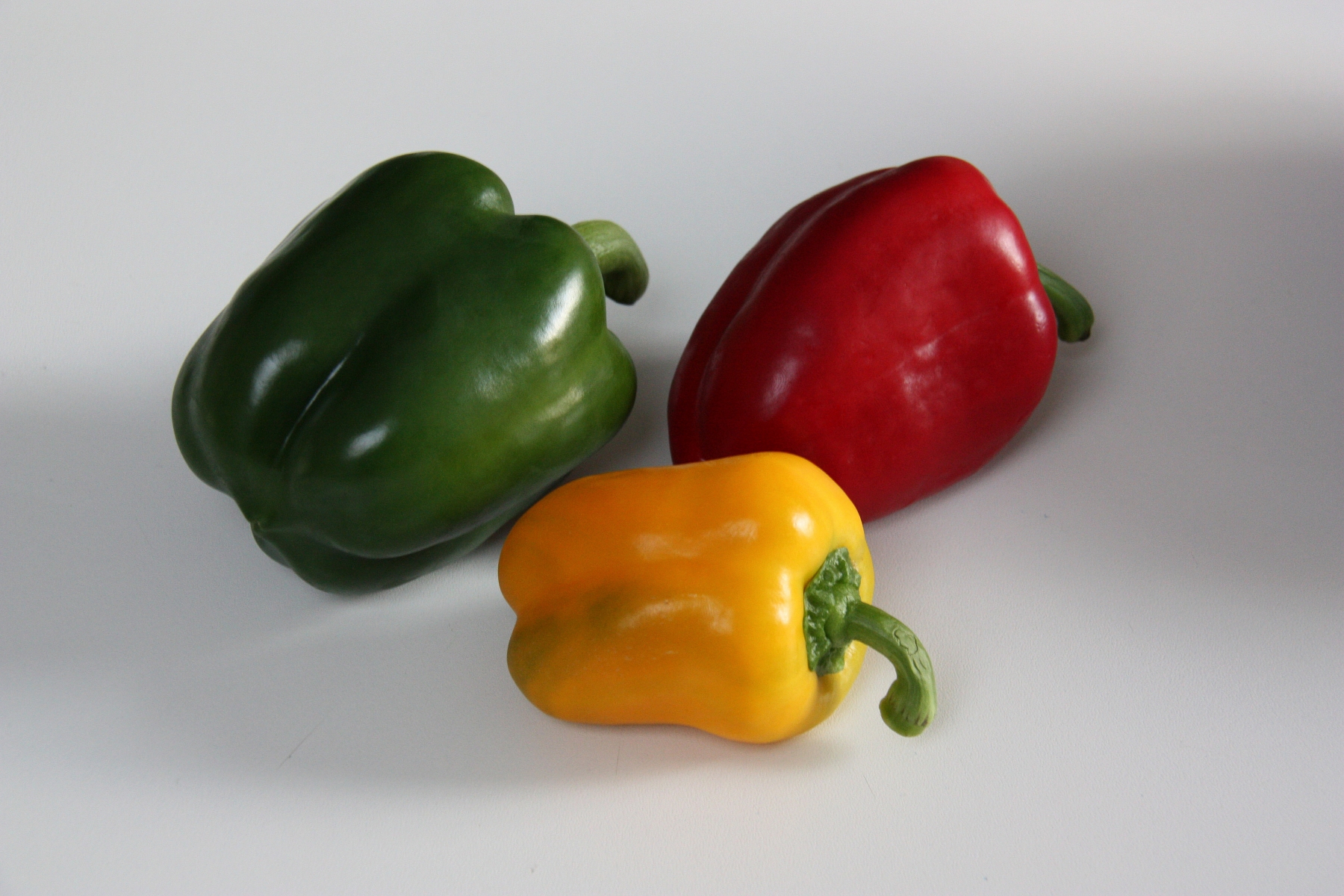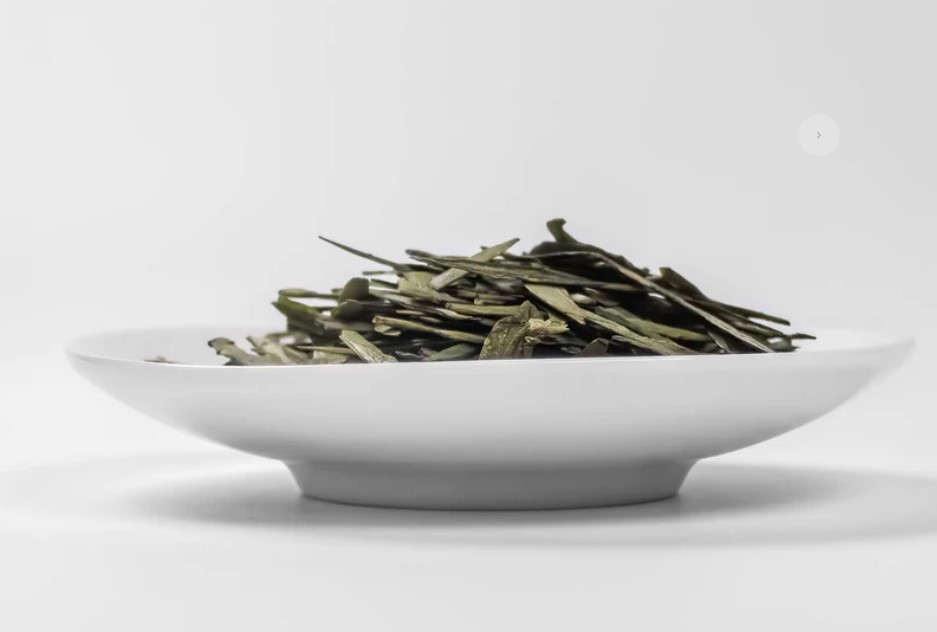Introduction
In the world of gastronomy, there exists a delightful realm of flavors, textures, and culinary traditions that traverse the globe. One such culinary gem that has piqued the interest of food enthusiasts is Cassasse, a delectable dish with an intriguing history and a taste that lingers on the palate. In this article, we’ll embark on a gastronomic journey to explore the enigmatic world of Cassasse, uncovering its origins, preparation, and the cultural significance it holds.
The Origins of Cassasse
Cassasse, also known as “Cassoulet” in French cuisine, is a hearty and rich dish that hails from the south of France. Its history dates back to the Hundred Years’ War (1337-1453), a tumultuous period of conflict between the French and English. As the legend goes, a small French village called Castelnaudary was under siege, and the residents had to make the best of their dwindling food supplies. In a stroke of culinary genius, they combined the last of their resources – beans, meat, and herbs – and created what would become the precursor to modern-day Cassasse.
Over the centuries, Cassasse evolved into a celebrated dish, earning a place of honor on French tables. While the English and the French might have ended their hostilities, the love for Cassasse knows no boundaries. Its popularity has spread far beyond the French borders, with variations and adaptations found in many countries.
Ingredients of Cassasse
The classic Cassasse is a marriage of simple ingredients, each contributing to the dish’s complexity of flavors. Here is a rundown of the primary components:
- White Beans: White beans, particularly haricot beans, are the heart of Cassasse. They provide a creamy texture and soak up the flavors of the other ingredients. These beans are often soaked overnight before being used in the dish.
- Meat: Cassasse traditionally features an assortment of meats, including duck, pork, and sausages. The choice of meat can vary depending on regional preferences and availability. In some versions, lamb, mutton, or even game meats like rabbit might be used.
- Tomatoes: Tomatoes are crucial for the rich, savory sauce that envelops the Cassasse. They add a vibrant, acidic note to the dish.
- Aromatics and Herbs: Onions, garlic, and a bouquet garni (a bundle of herbs like thyme, bay leaves, and parsley) are used to infuse the dish with aromatic flavors.
- Stock or Broth: A flavorful broth or stock is used to create the base of the Cassasse. It’s often made from the bones of the meat used in the dish.
- Breadcrumbs: A crunchy breadcrumb topping adds a delightful contrast to the creamy, saucy beans. It’s typically toasted and sprinkled on the surface before baking.
- Spices: Cassasse is seasoned with various spices, such as paprika, cayenne pepper, and black pepper, to add a hint of warmth and depth to the flavors.
Preparation of Cassasse
Cassasse is a dish that demands patience and love in its preparation. The following steps outline the traditional method of making this French classic:
- Soaking the Beans: The white beans are soaked overnight to soften them. This process not only reduces the cooking time but also ensures that the beans cook evenly.
- Searing the Meat: The chosen meats are seared in a hot pan to develop a rich, caramelized crust. This step enhances the overall flavor of the dish.
- Creating the Sauce: Onions and garlic are sautéed until they become translucent. Tomatoes are added, along with the bouquet garni and spices, to create a fragrant sauce. The seared meat is then reintroduced into the pan to absorb these flavors.
- Simmering: The beans are combined with the meat and sauce mixture. The whole concoction is then left to simmer for a considerable amount of time, allowing the beans to soak up all the flavors. This slow cooking process is what makes Cassasse so deeply flavorful.
- Baking: After simmering, the Cassasse is transferred to an ovenproof dish. A layer of breadcrumbs is sprinkled on top, and the dish is baked until the breadcrumbs turn golden brown, creating a crispy crust.
Cultural Significance of Cassasse
Cassasse, beyond its delightful taste, holds cultural significance in the regions it is associated with. Here are a few notable aspects:
- Traditional Celebration Dish: Cassasse is often prepared on festive occasions and gatherings in France. It brings people together and embodies the spirit of sharing and celebration.
- Symbol of Resilience: The dish’s origin during a time of siege and scarcity has turned it into a symbol of resilience. Cassasse showcases the human capacity to create something beautiful and satisfying even in challenging circumstances.
- Regional Variations: Different regions in France have their own variations of Cassasse, each showcasing local ingredients and culinary traditions. This diversity highlights the rich tapestry of French cuisine.
- International Adaptations: Cassasse fame has transcended borders, leading to numerous adaptations around the world. From Spain’s “fabada” to Tunisia’s “lablabi,” it has inspired a multitude of dishes with unique twists.
The Modern Cassasse
While the classic Cassasse remains a beloved dish, modern chefs and food enthusiasts have also explored creative interpretations. Vegetarian and vegan versions have emerged, featuring ingredients like mushrooms, tofu, or tempeh as meat substitutes. These adaptations cater to diverse dietary preferences and still capture the essence of the dish’s flavors.
In the world of culinary fusion, Cassasse has found itself in interesting pairings. It can be seen served with Asian-style pickles, atop Italian pasta, or alongside Indian bread. These innovative combinations add an exciting twist to a time-honored classic.
The Appreciation of Cassasse
Appreciating Cassasse is not limited to its flavors; it’s about savoring the history and tradition that it encapsulates. For those looking to experience this dish authentically, a trip to the south of France is in order. The towns of Castelnaudary, Toulouse, and Carcassonne are renowned for their traditional Cassasse, and their local restaurants offer a genuine taste of this classic.
For those who can’t make the journey, there are numerous French restaurants around the world that serve Cassasse. Some even specialize in this dish, aiming to recreate its rustic charm and authentic flavors.
In Conclusion
Cassasse, with its humble origins and complex flavors, is a testament to the timeless appeal of comfort food. Its journey from a medieval wartime dish to a celebrated icon of French cuisine is a story of resilience, creativity, and the universal love for a hearty, satisfying meal. Whether enjoyed in its traditional form or embraced in innovative variations, Cassasse is a culinary masterpiece that continues to charm and tantalize taste buds around the world. So, the next time you savor a bowl of this delectable dish, remember that you’re tasting history and tradition, one delicious bite at a time.


